A History Of The Relationship Between The United States And Canada
For most of their shared history, Canada and the United States have been close allies, and it’s easy to see why — they’ve generally been ideologically compatible, and the two countries share the longest undefended border in the world.
While much of this history has been friendly, tensions are bound to exist between neighbors — and the United States and Canada have been no exception. Let’s delve into some of the historical highs and lows of Canada-U.S. relations.
1776: A Rocky Start
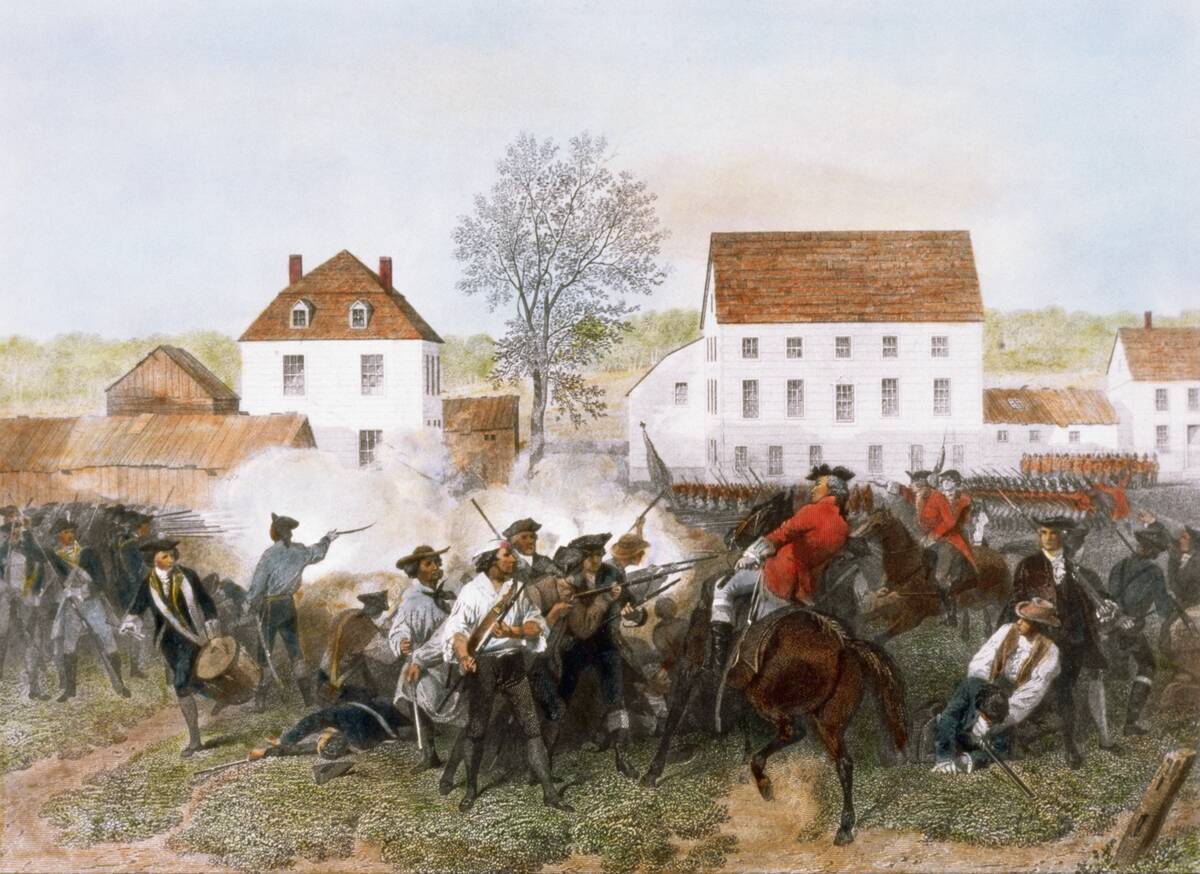
The United States famously gained independence from Great Britain in 1776, which created a slightly awkward situation in North America.
Because Britain’s territories in what would one day become Canada stayed loyal to the crown, American independence immediately created a divide. During this period, many loyalists fled the United States in search of friendlier conditions to the north.
1812: Another War

While Canada did not exist as an independent nation in 1812, it served as a proxy for the British Empire. This became a problem when the U.S. declared war on Britain over trade restrictions and the impressment of American sailors.
While the war ended in a stalemate, one memorable moment occurred in 1814 when British forces entered and sacked Washington, DC, burning the White House in the process.
1814: Peace is Restored
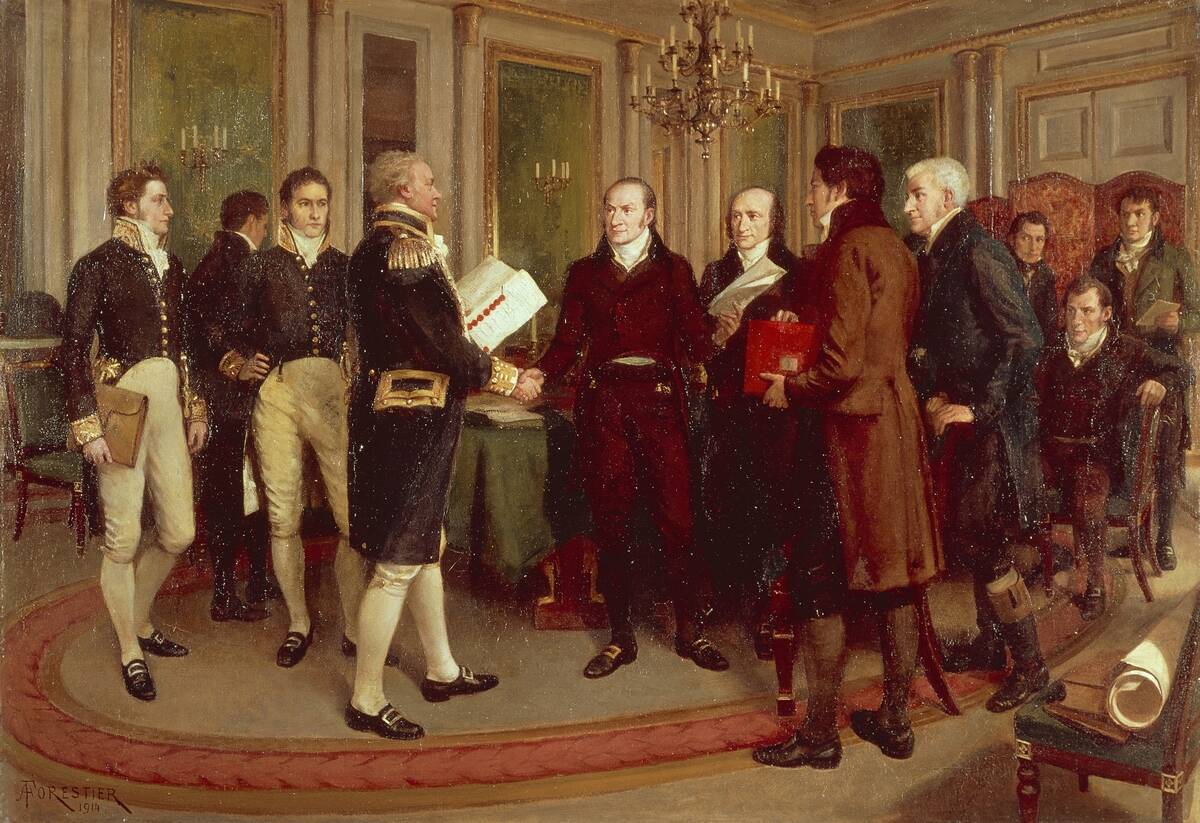
After the War of 1812 failed to achieve meaningful gains for either side, 1814’s Treaty of Ghent, signed in Belgium, marked the end of hostilities in the War of 1812.
The treaty did not resolve all tensions, but did stabilize relations, restoring pre-war borders and largely establishing lasting peace between the United States and the British Empire.
1817: Sorting out the Great Lakes
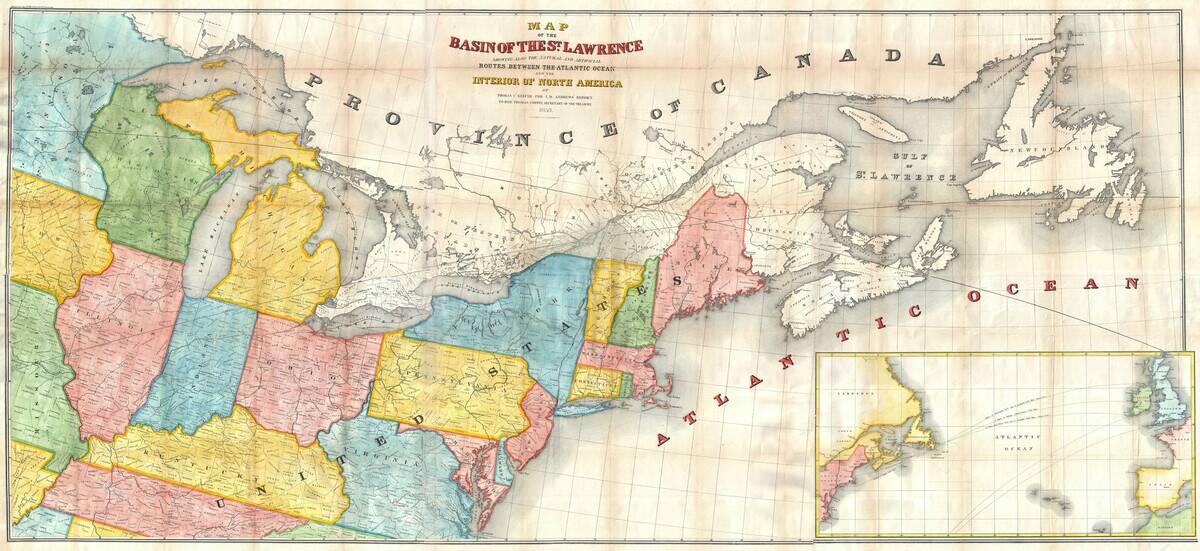
The Rush-Bagot Agreement of 1817 is largely forgotten today, but it was a landmark treaty that limited naval forces on the Great Lakes following the battles seen in the War of 1812.
This not only helped to de-escalate military tensions even further, it also laid out the framework for the undefended border beween Canada and the United States.
1818: Establishing the 49th Parallel
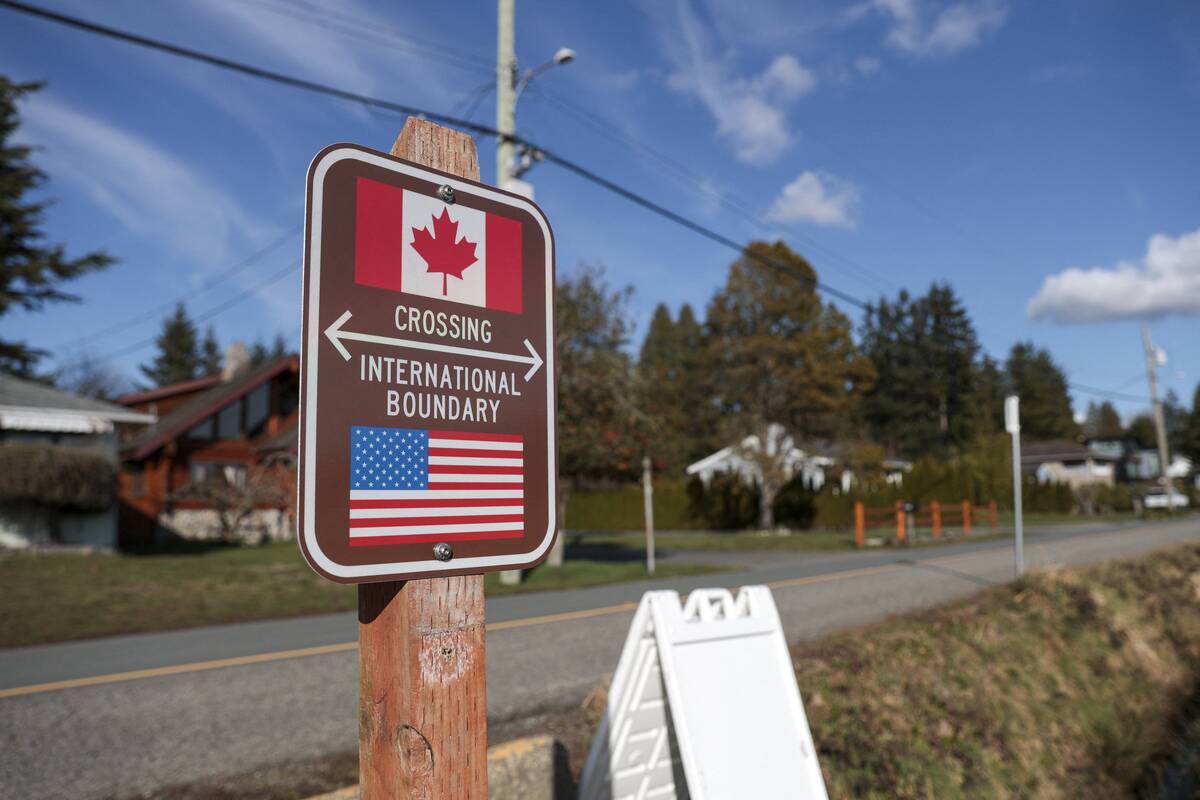
Most of the shared border between Canada and the United States runs straight along the 49th parallel, a status confirmed by an 1818 treaty between Britain and the United States.
This border runs from the Lake of the Woods to the Rocky Mountains, and has created some unusual geographic enclaves along its route.
1830s-1860s: The Underground Railroad
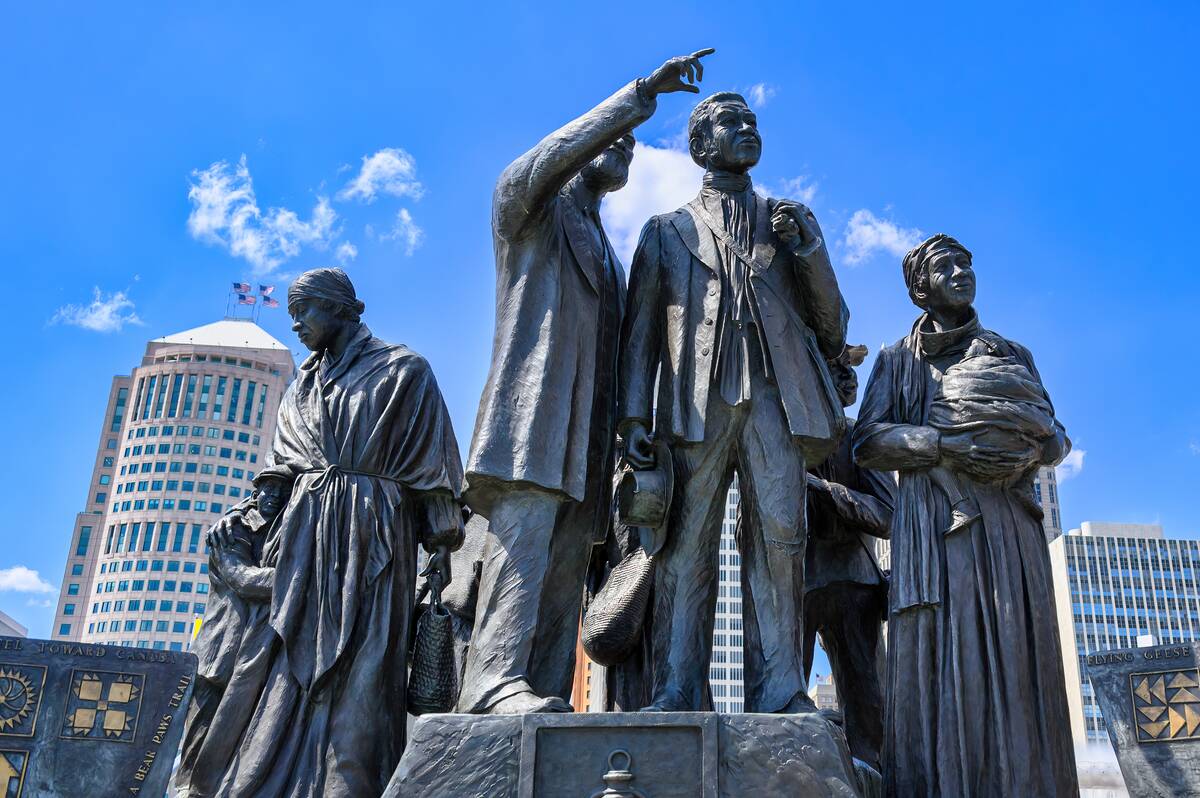
The Underground Railroad famously gave enslaved African Americans a way to escape their bondage through a secret “underground” network of abolitionists.
While many of these people found refuge in free northern states, vast numbers fled to Canada to seek out its anti-slavery laws. Communities in and around Chatham-Kent, Ontario were a popular destination.
1846: Oregon Boundary Dispute
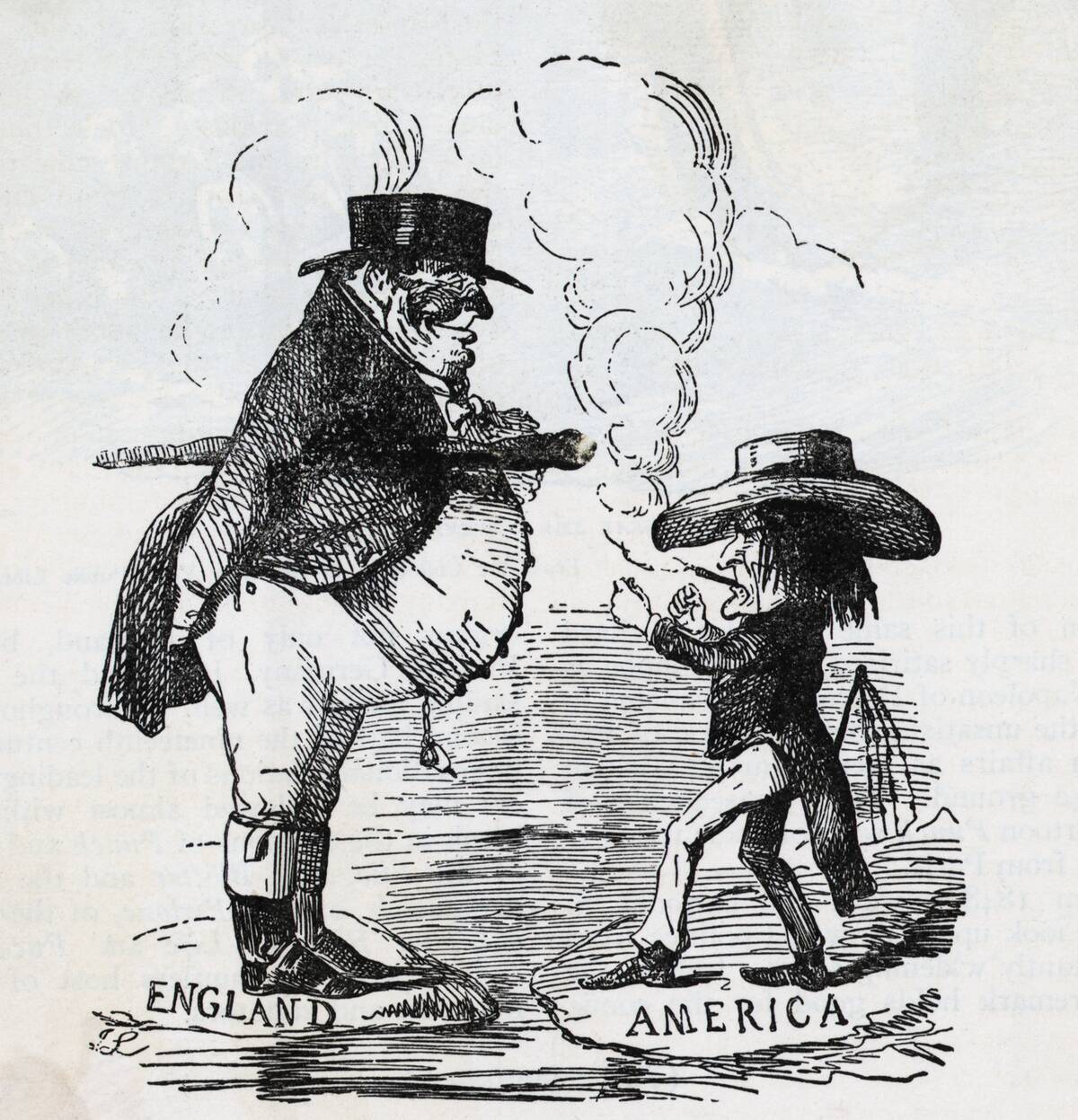
Border tensions flared up once more in 1846, when the United States and Britain had a disagreement over how to divide Oregon County.
The dispute was eventually mediated by the Treaty of Oregon, which extended the pre-existing border at the 49th parallel westward through Oregon.
1854: A Landmark Trade Deal
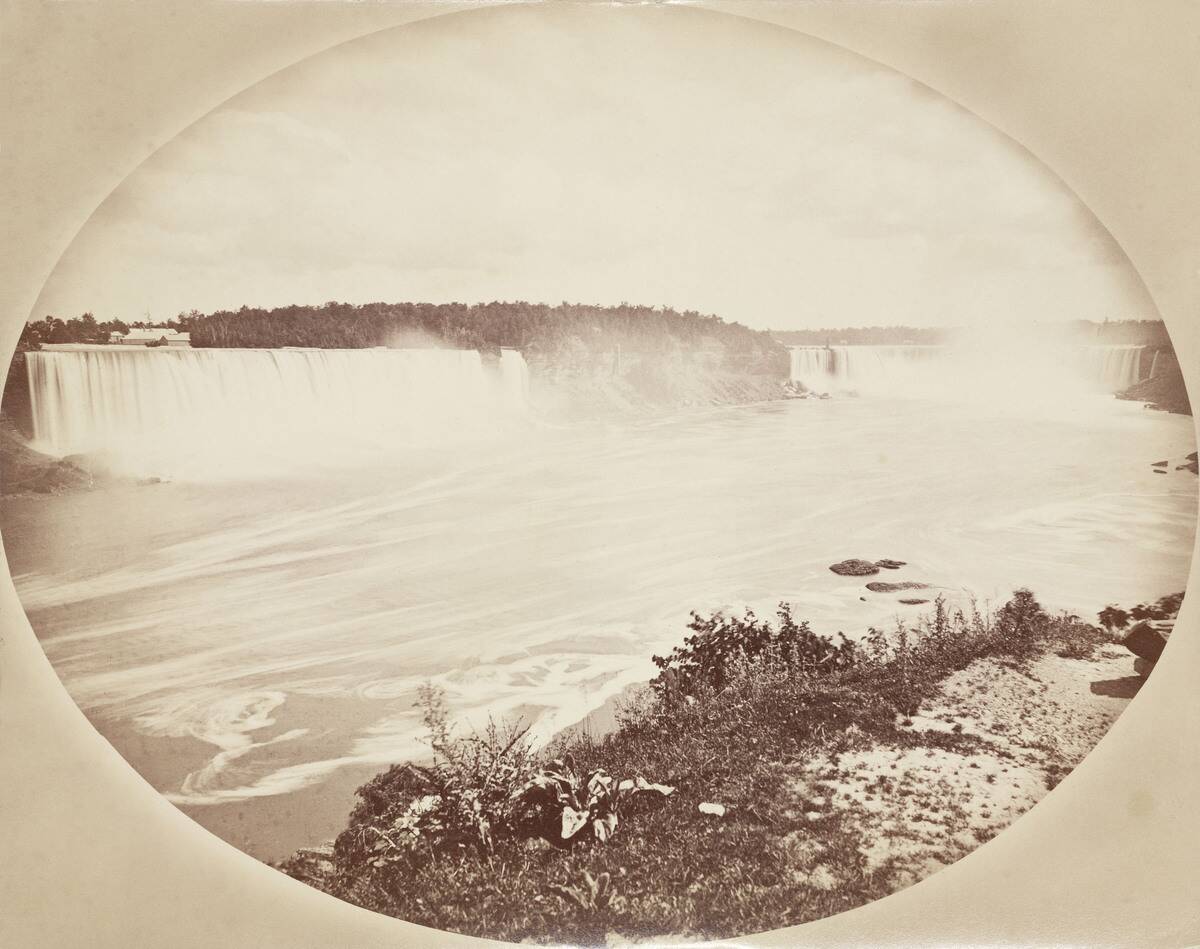
A precursor to modern trade agreements, the Canadian-American Reciprocity Treaty of 1854 established free trade in natural resources between Canada and the U.S., in a move that benefited both economies.
However, Canada’s perceived lack of support during the American Civil War later soured relations, and the U.S. cancelled the trade deal altogether in 1866.
1866-1871: Fenian Raids
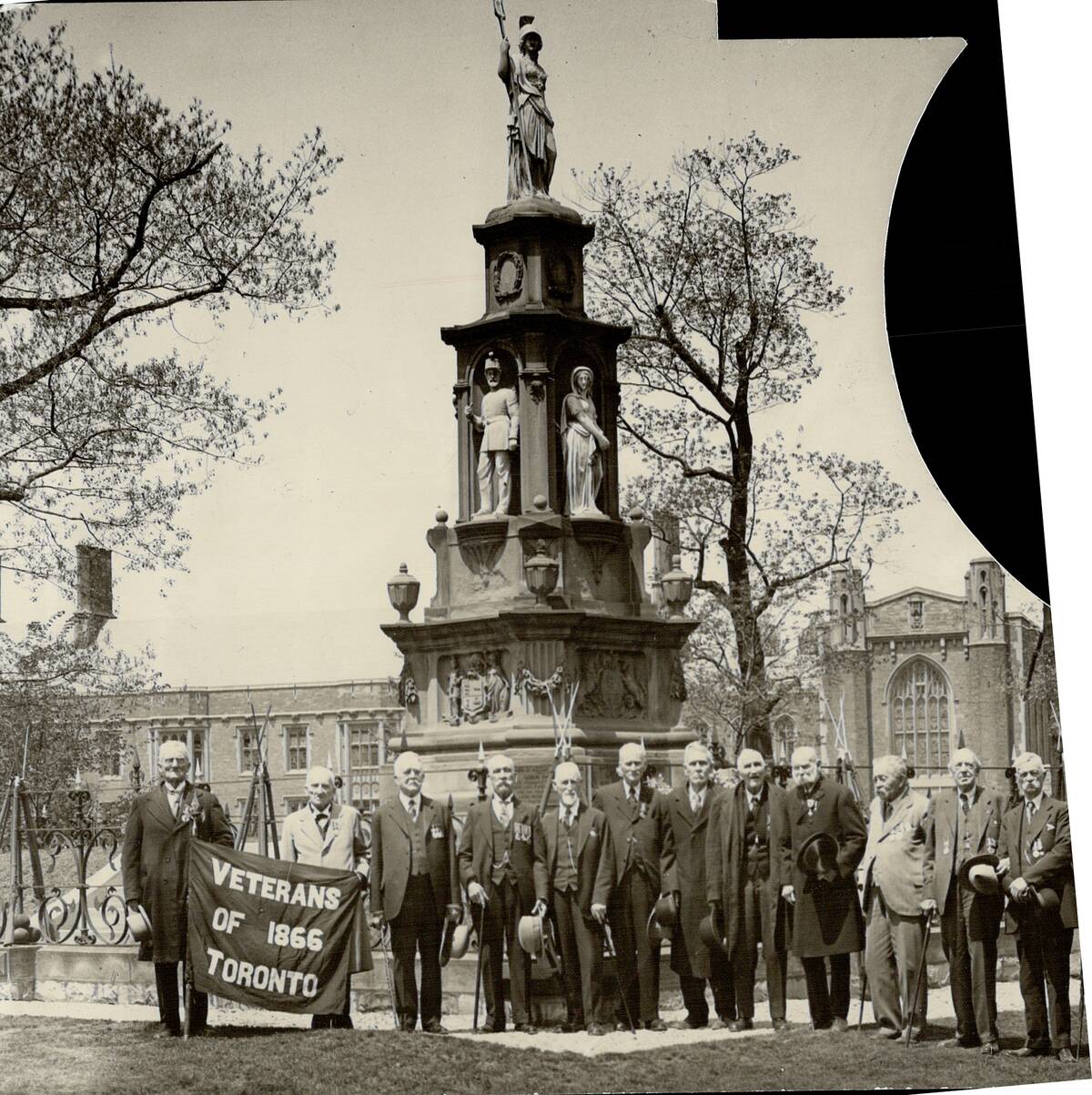
Simmering tensions between Ireland and Great Britain spread to North America in the Fenian Raids of the 1860s and 1870s. This period saw Irish-American Fenians, who sought to pressure Britain into granting Ireland independence, launching raids into Canada through the U.S.
While the raids were largely unsuccessful, they heightened Canadian concerns about U.S. expansionism and helped drive support for Canadian Confederation.
1867: Canadian Confederation
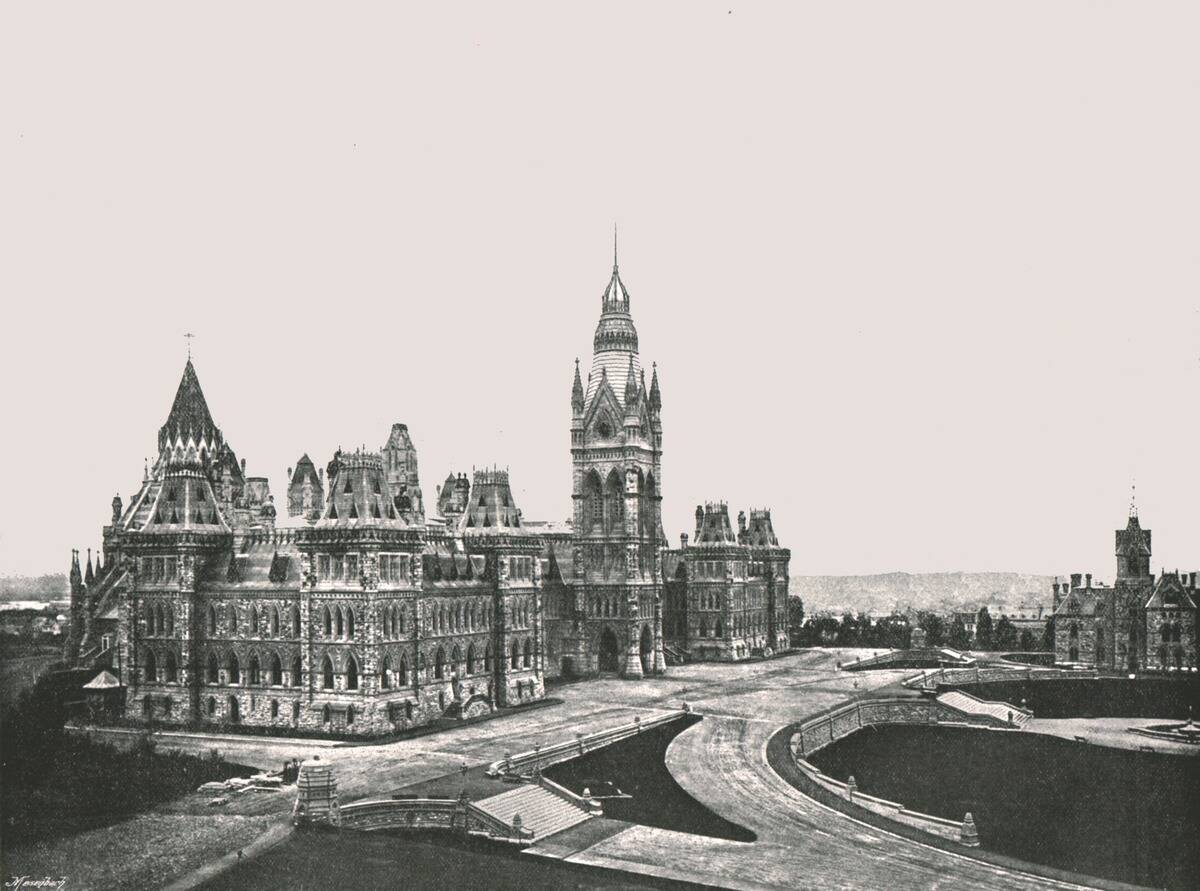
Partly driven by fears of American annexation, Canada was established as a self-governing dominion within the British Empire in 1867.
This came the same year as the U.S. acquisition of Alaska, which prompted fears among many Canadians that the U.S. would try to expand further northward. Confederation created a united defense.
1898-1903: Alaska Boundary Dispute
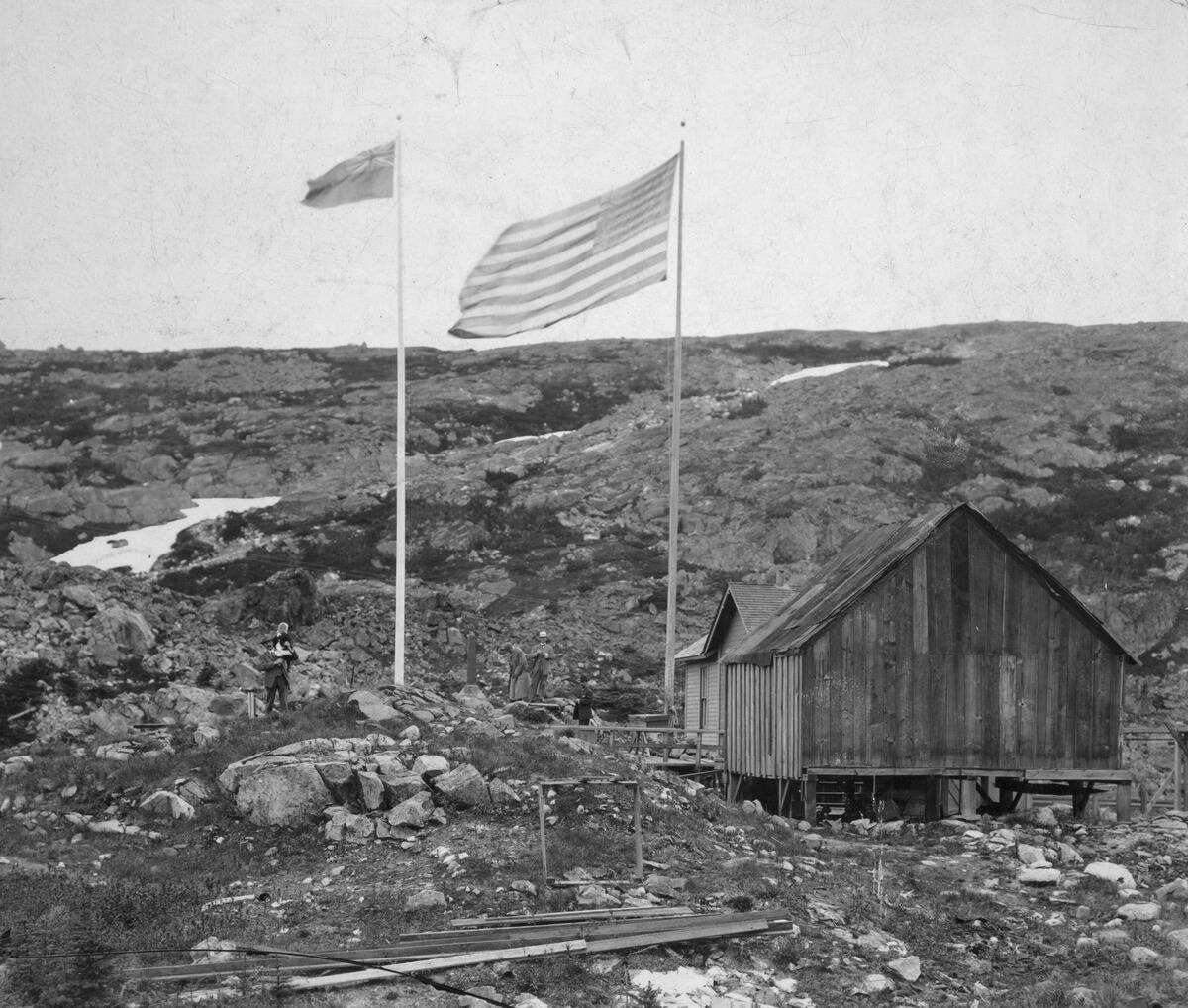
While 1867 saw both the establishment of Canada as a self-governing dominion and America’s acquisition of Alaska, it would take several decades for things to settle.
A dispute over the boundary between Alaska and Canada intensified after the Klondike Gold Rush. In a tribunal, a British representative sided with the U.S. and ruled largely in favor of American claims. This led many Canadians to feel betrayed by their crown.
1917-1918: World War I Collaborators
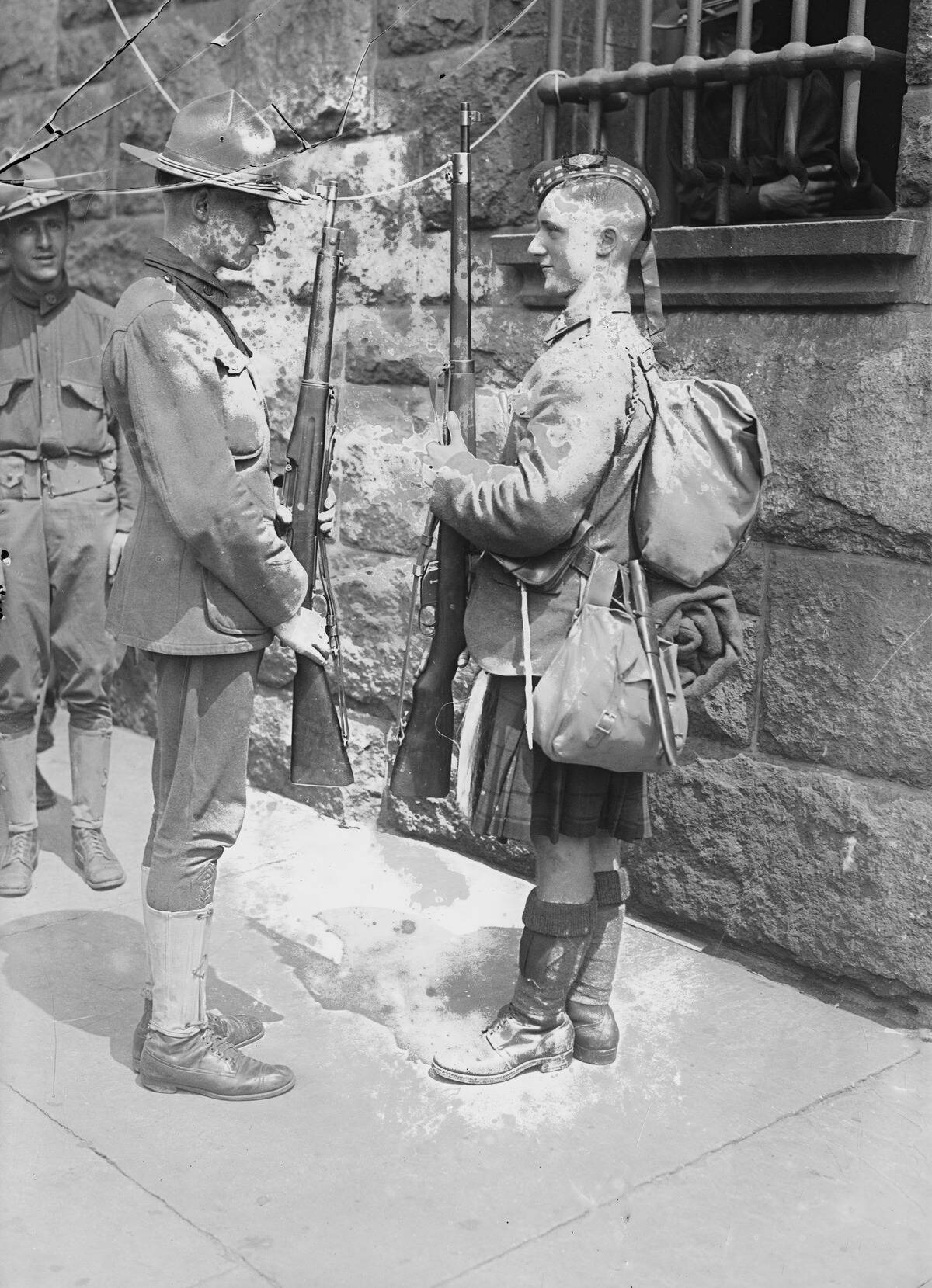
While Canada and the United States had experienced intermittent disputes during the 19th century, their relationship was still largely friendly — and this was proven during World War I.
Canada entered the war as part of the British Empire, but following the U.S. joining the war in 1917, Canada and the United States worked closely together. After the end of the war, economic and military cooperation between the two countries increased.
1923: Establishing Fishing Rights
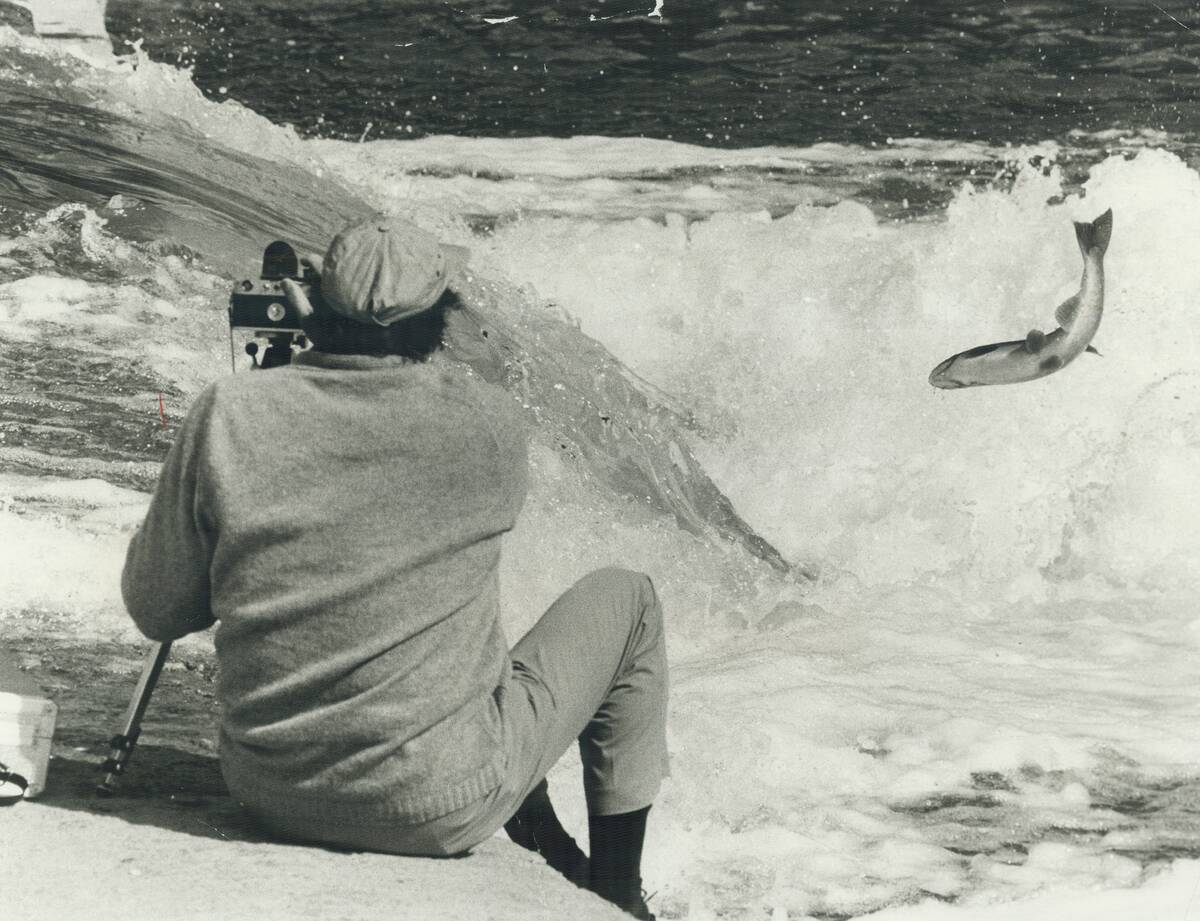
The Halibut Treaty of 1923 might sound trivial, but it was a watershed moment for Canada, representing the first time that Canada negotiated as a sovereign nation, without Great Britain, in an international agreement.
The treaty, for what it’s worth, helped the two countries navigate management of the Pacific halibut, which was in severe decline at the time.
1929-1939: The Great Depression
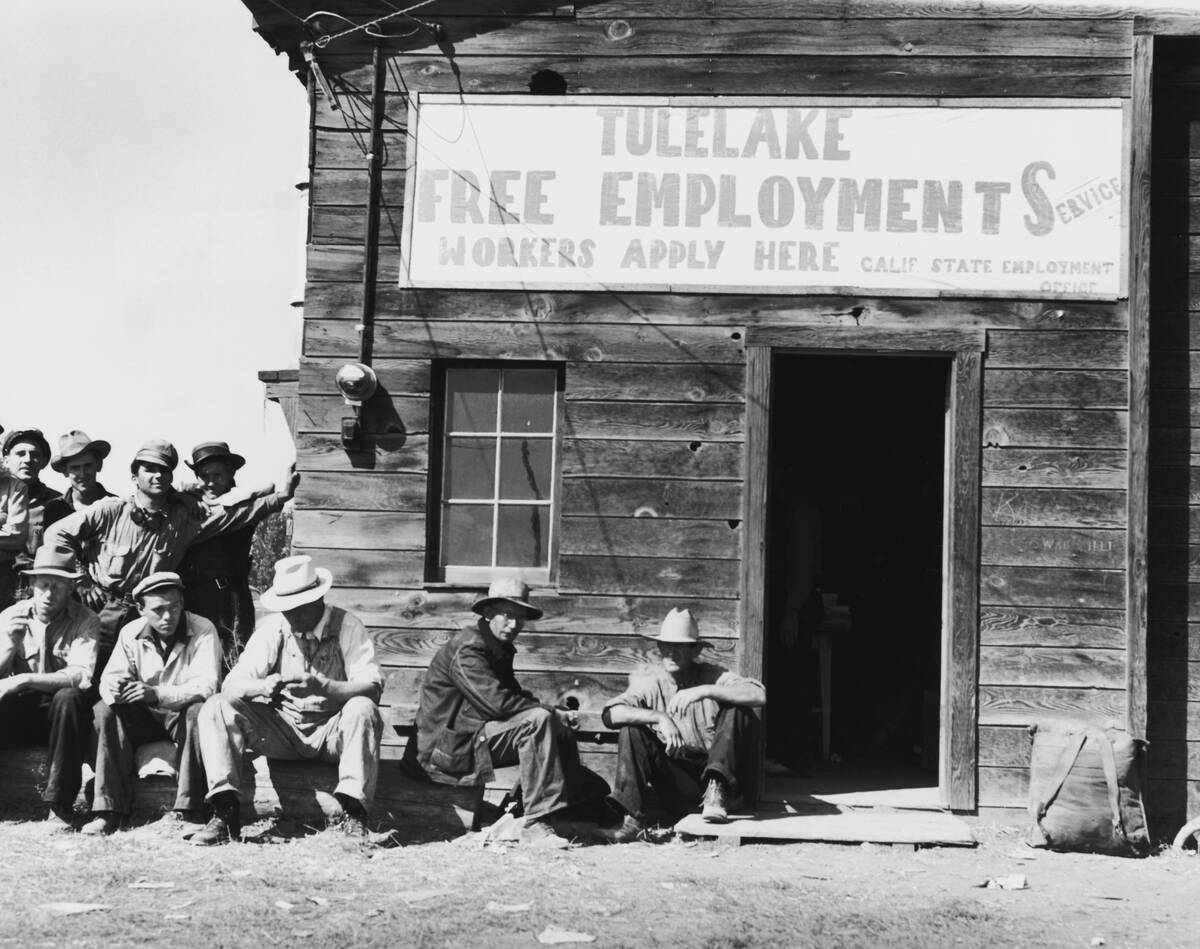
The Great Depression was a grim time in both countries, and these difficult times severely impacted trade between Canada and the U.S.
Various protectionist policies, such as the Smoot-Hawley Tariff Act which placed high tariffs on Canadian goods, worsened the economic downturn. Canada retaliated in turn with its own tariffs, which strained economic relations.
1940: Joint Defense
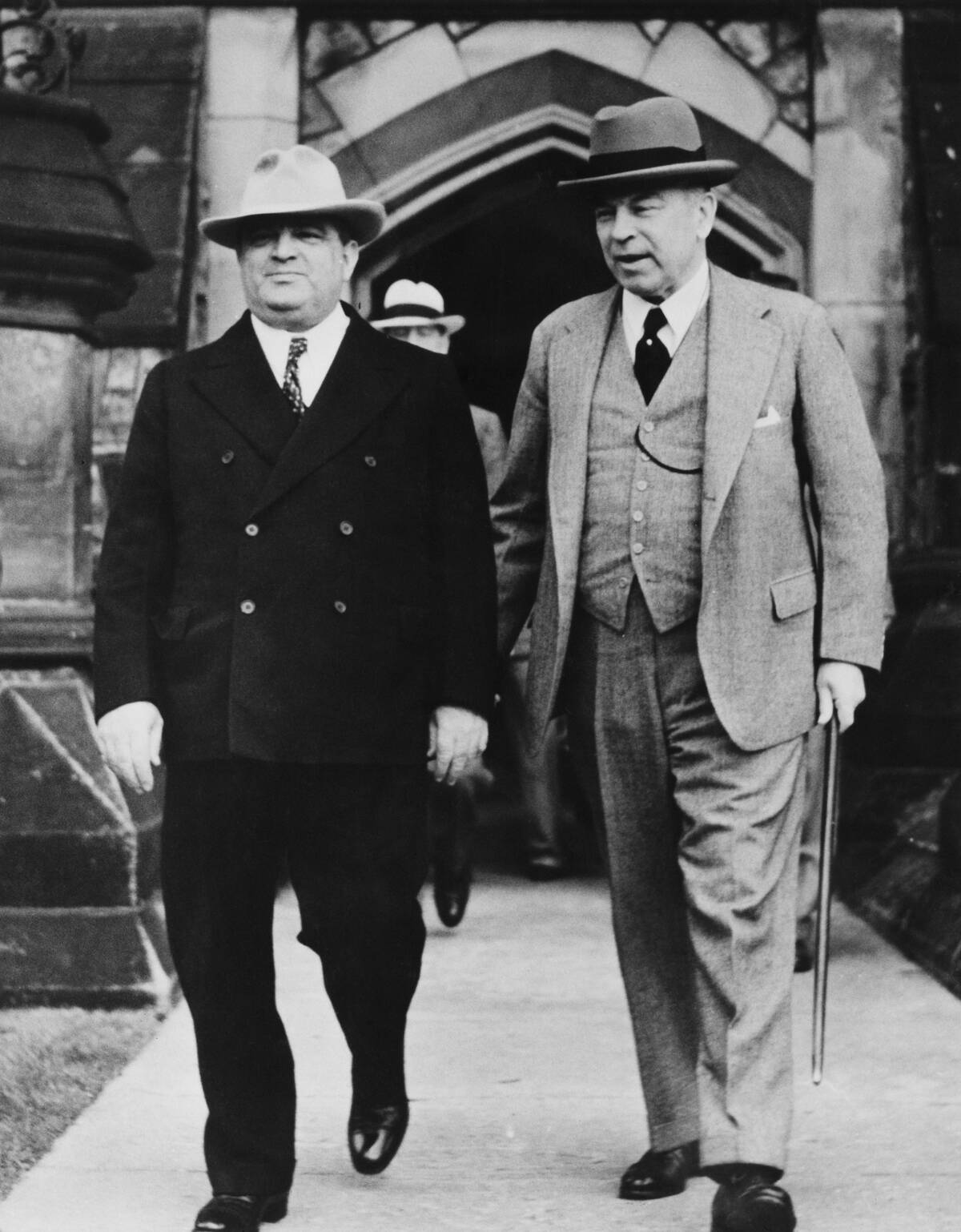
In 1940, Britain was at war, with its entire empire — including Canada — called into duty. While the U.S. wouldn’t enter the war for some time, they signed a meaningful agreement with their Canadian counterparts, 1940’s Ogdensburg Agreement.
The pact established a permanent joint defense organization, which allowed for shared defense facilities. It was a crucial step that would lead to greater cooperation down the road.
1956: Collaborating During the Suez Crisis
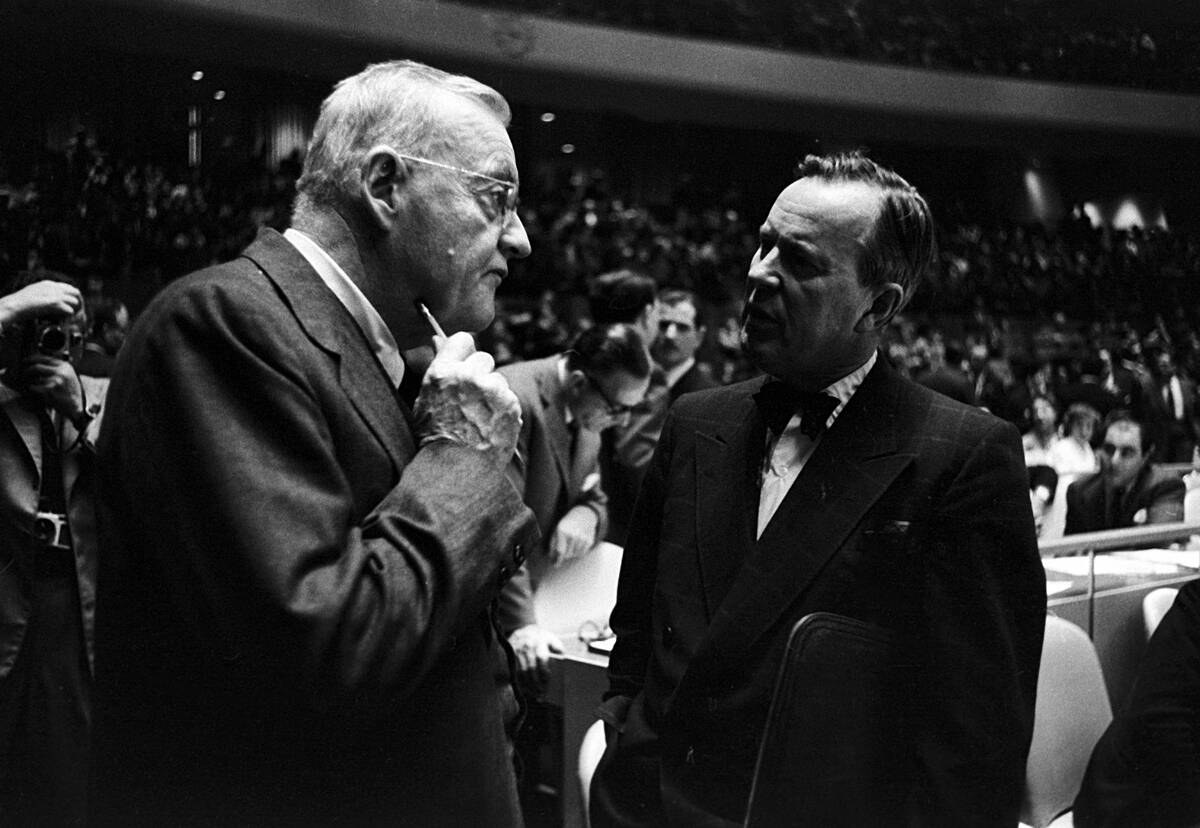
The main players in the Suez Crisis were Britain, France, and Egypt, but Canada and the United States played a crucial, collaborative role in defusing tensions.
Their efforts not only earned Canadian Prime Minister Lester B. Pearson a Nobel Peace Prize, but also helped to establish a United Nations peacekeeping force.
1958: NORAD
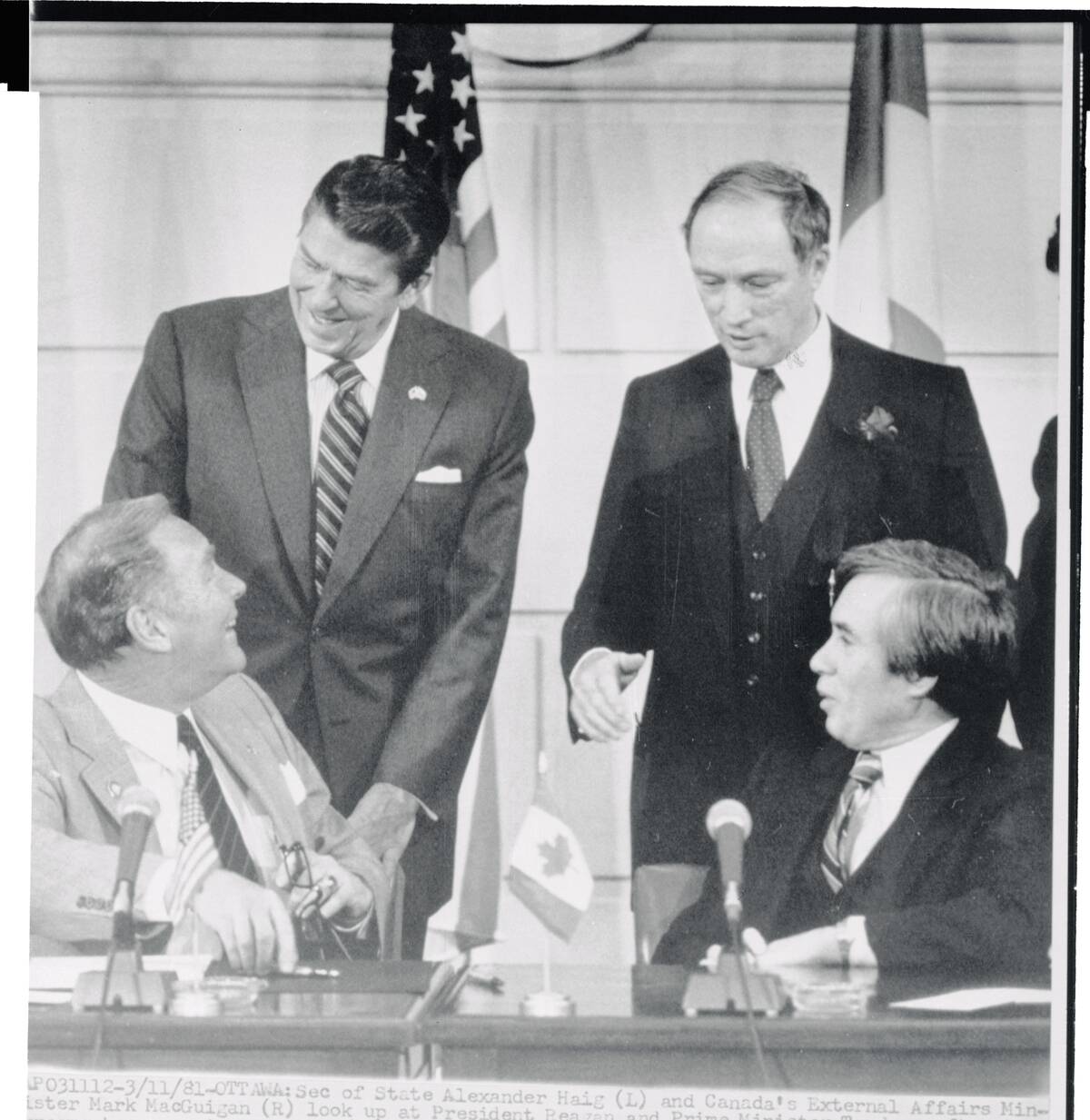
As Cold War allies, Canada and the U.S. shared a common interest in protecting North America from potential airborne threats. This led to the North American Aerospace Defense Command, or NORAD, which was formalized in 1958.
Like the Ogdensburg Agreement, NORAD established a cooperative framework for the two countries, and has remained a cornerstone of their defense relationship.
1959: Avro Arrow Crisis
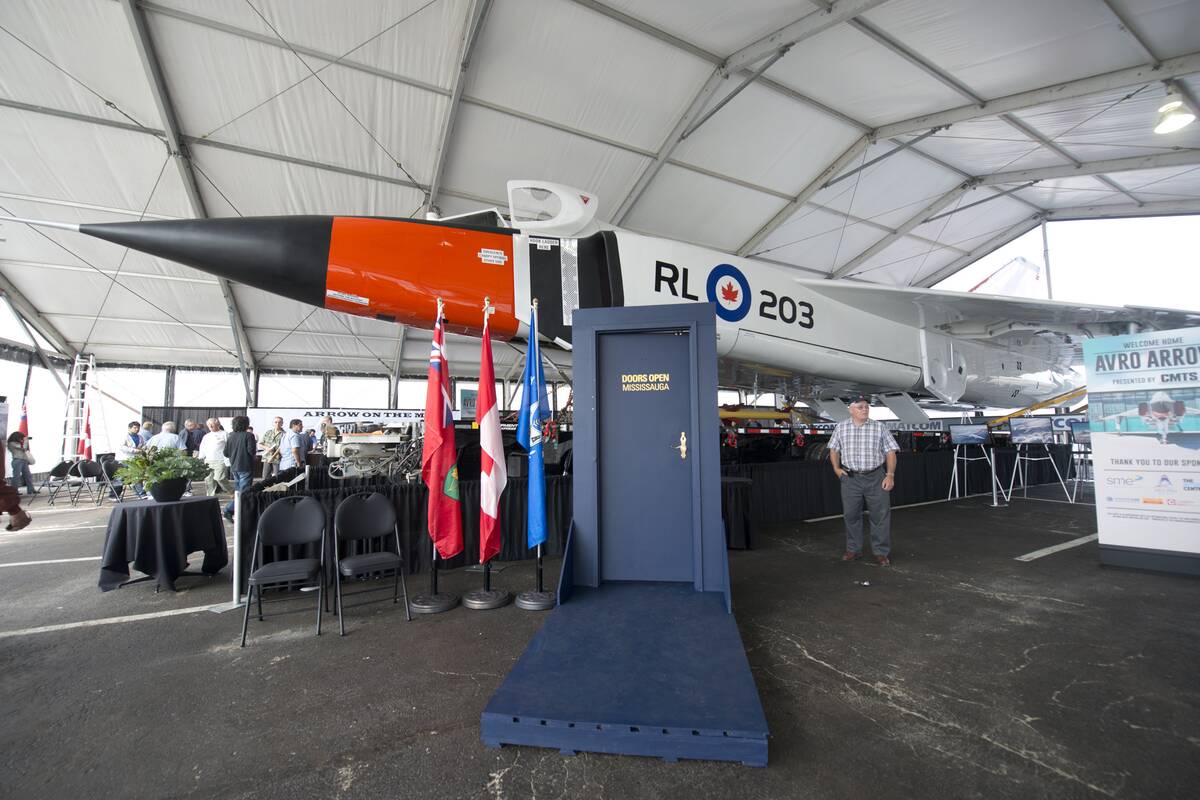
Canada’s Avro Arrow jet program was cancelled in 1959, a decision that remains controversial in Canada to this day.
Many of the engineers who worked on the project moved to the U.S., which further deepened integration between the countries’ aerospace industries. The cancellation emphasizes the complex relationship between national autonomy and economic collaboration.
1962: Cuban Missile Crisis
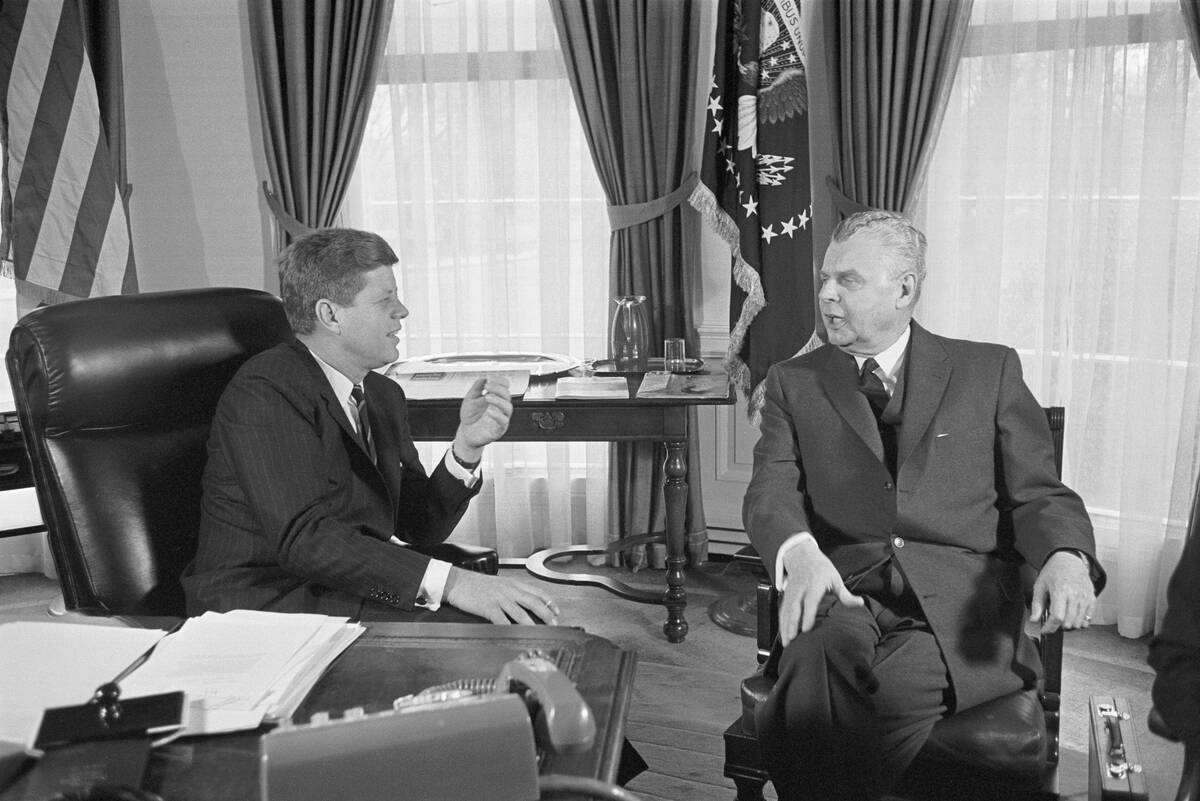
The Cuban Missile Crisis, one of the most intense confrontations of the Cold War, pitted the U.S. versus Russia in a military standoff.
Although Canada was not directly involved in the standoff, Prime Minister John Diefenbaker’s reluctance to fully support U.S. military measures strained relations between his office and U.S. President John F. Kennedy.
1965: Auto Pact
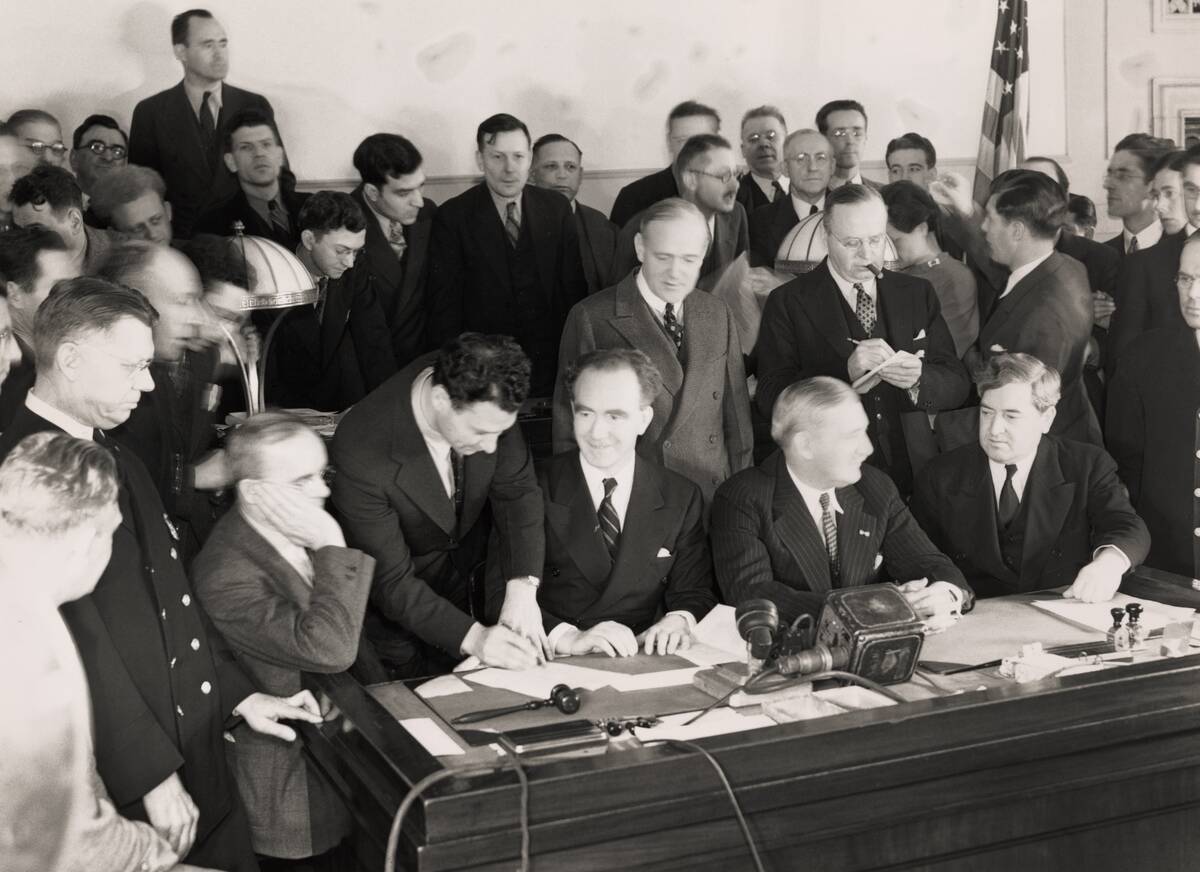
Automakers on both sides of the borders have been tightly integrated for decades, and this all started with the landmark Auto Pact of 1965, which allowed for duty-free trade of automobiles and automobile parts over the border.
It spurred the construction of American manufacturing plants in Canada, and helped to grow Canada’s automotive sector.
1960s-1970s: Vietnam
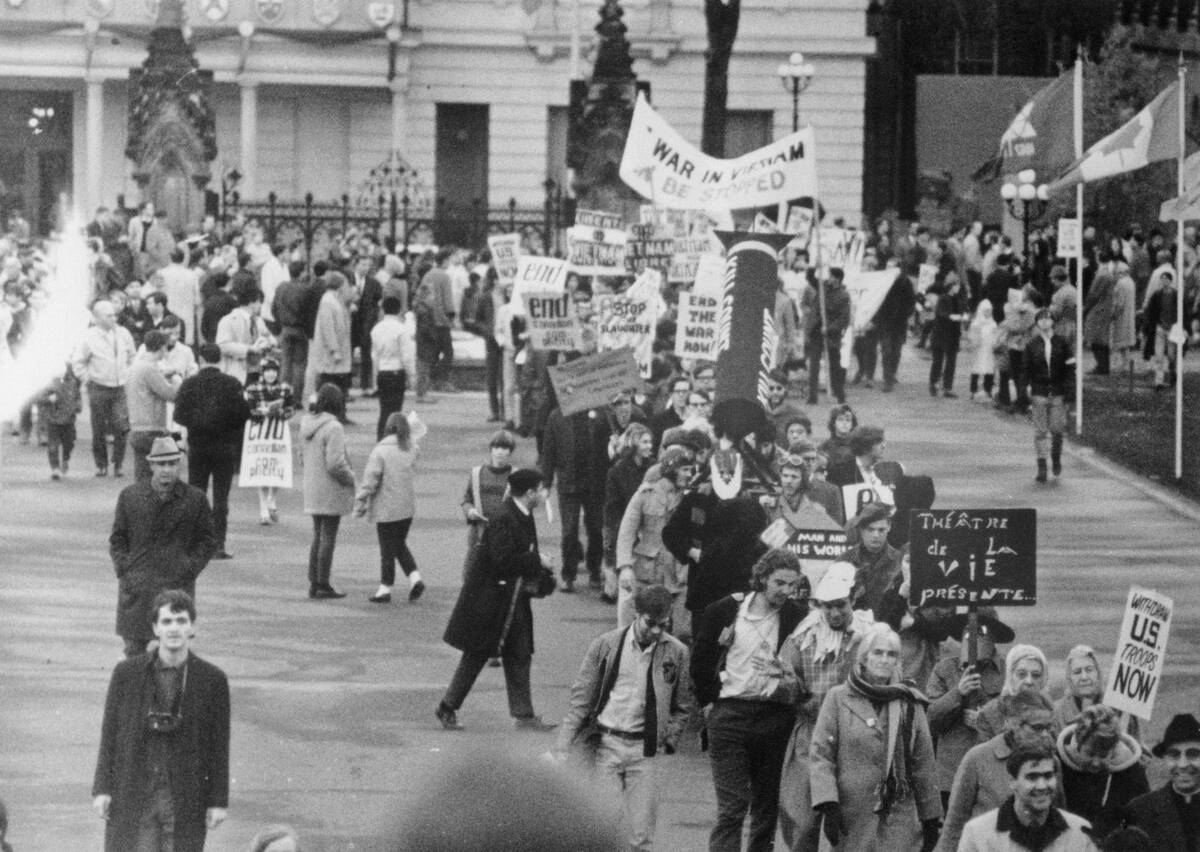
The differences in foreign policy between the two countries were on full display during the Vietnam War. Canada did not actively participate, but did become a haven for American deserters and draft dodgers who wanted to avoid military service.
This led to tension between the countries, which was only intensified by Canadian criticism of U.S. policies.
1989: Free Trade
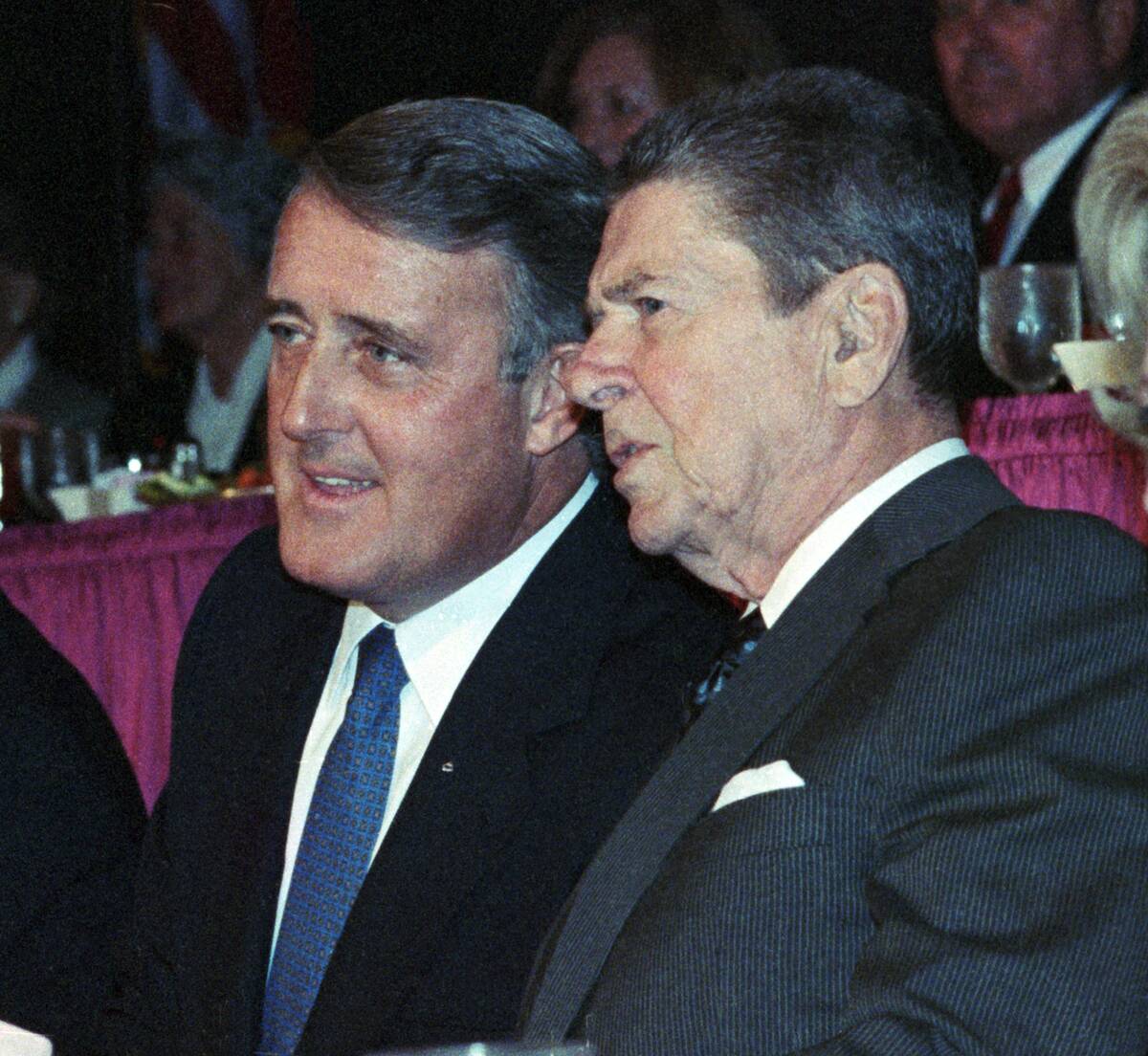
The Canada-U.S. Free Trade Agreement, or FTA, of 1989, eliminated tariffs and trade barriers between the two countries, which in turn represented a major shift towards deeper economic integration.
The agreement was a precursor to the North American Free Trade Agreement five years later, which incorporated Mexico into the deal.
1994: NAFTA

Five years after the precursor trade agreement, Canada and the United States welcomed Mexico into their trade deal with the signing of the North American Free Trade Agreement in 1994.
The deal promoted cross-border investment and stimulated trade in all three countries. It wasn’t all roses, though, as it generated criticism for its impact on jobs, wages, and industries.
1980s-present: Softwood Lumber Dispute
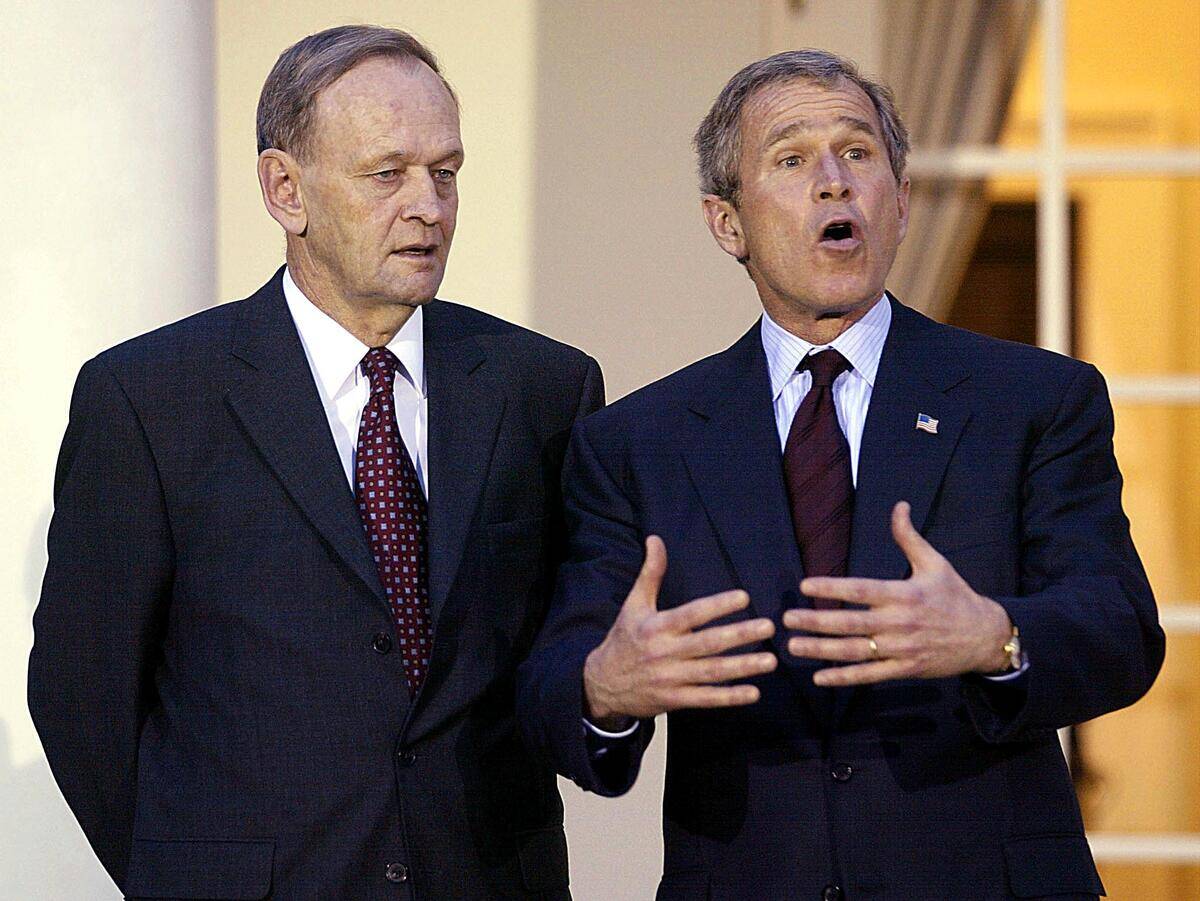
A long-standing dispute between the two countries concerns softwood lumber, with the U.S. accusing Canada of unfairly subsidizing its lumber industry. This in turn has led to various trade conflicts and tariffs on Canadian lumber exports.
While multiple agreements have been negotiated in an attempt to resolve things, the underlying issues still remain.
1996: USA Wins Canada’s Game

For virtually the entire history of ice hockey, Canada had been seen as the dominant nation — but the 1996 World Cup of Hockey, a tournament featuring the best players in the world, held some surprises for Canada.
In the preliminary round, the U.S. beat Canada 5-3. The two countries squared off once more in a best-of-three finals series. While Canada won the first game, the U.S. swept the final two games and won the tournament.
2001: 9/11
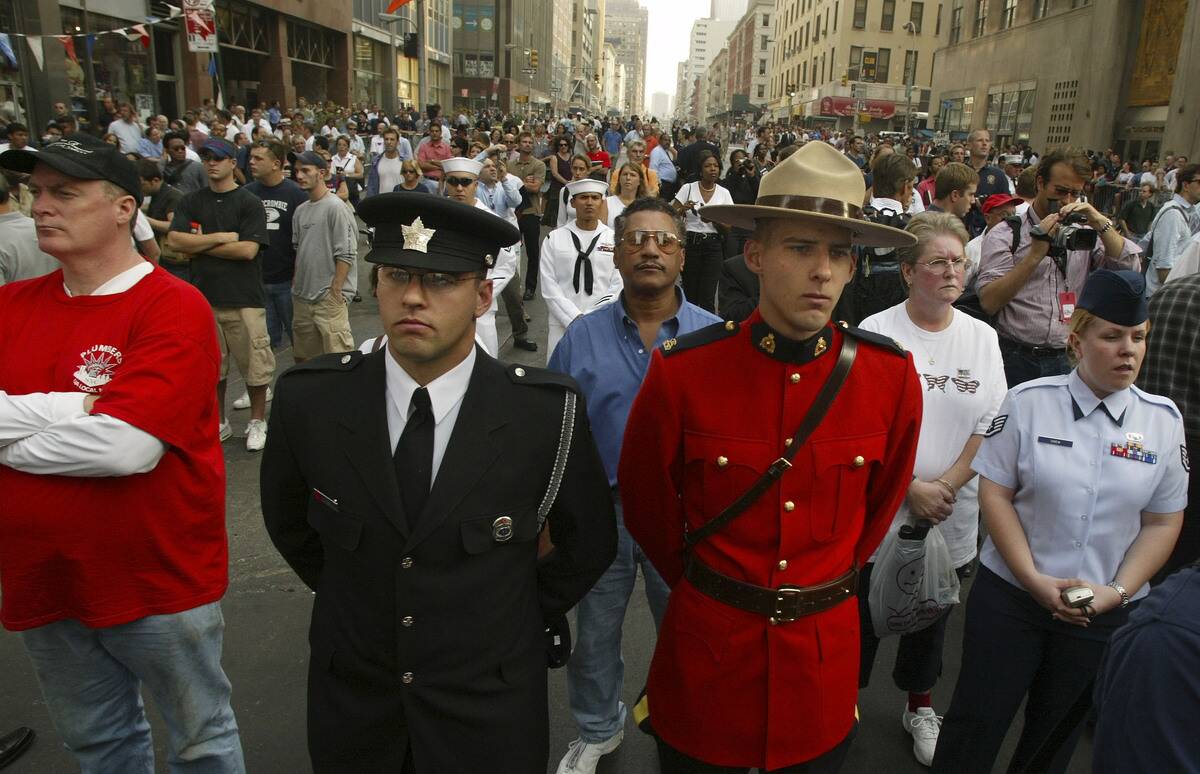
The September 11 attacks represented a shift in U.S.-Canada relations. While Canada was among the first to express solidarity with the U.S. and provide diplomatic support, the attacks also changed the situation at the border.
As the U.S. instituted more stringent security measures, trade and travel between the two countries was affected. Despite this, diplomatic ties remained strong.
2001-present: The War on Terror
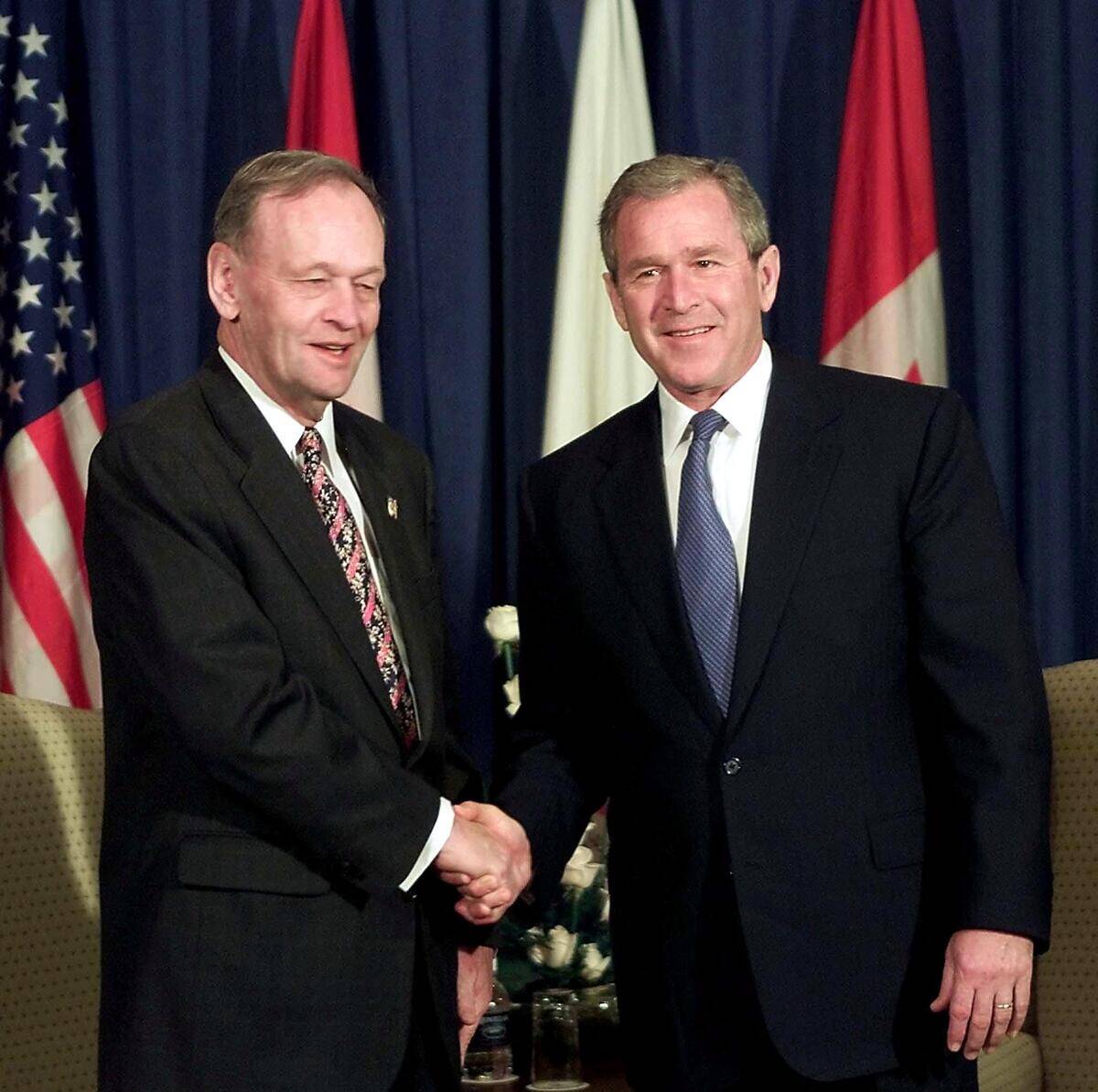
Canada pledged its support to the United States following the 9/11 attacks, and the two countries indeed collaborated closely on matters of intelligence, security, and counterterrorism efforts.
While Canada provided military support in Afghanistan, there were some tensions regarding Canada’s more cautious stance on some military actions.
2002 and 2010: Canada Prevails In Hockey

The NHL’s best stars assembled for Olympic hockey tournaments beginning in 1998, and in two of those years — 2002 and 2010 — the best two teams in the tournament were Canada and the United States.
Canada beat the U.S. in the 2002 Olympic final in Salt Lake City, and then repeated the result eight years later on home ice in Vancouver.
2016: The Trans-Pacific Partnership
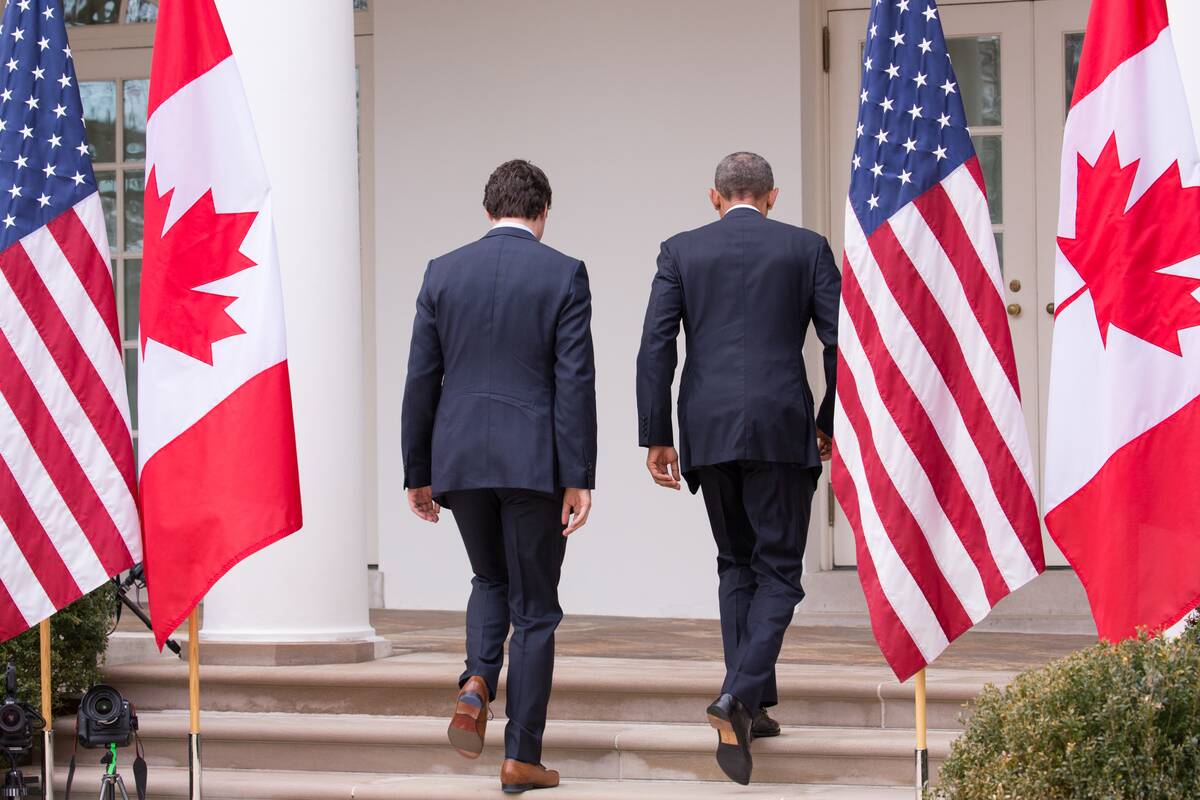
Another trade agreement was signed in 2016, with the Trans-Pacific Partnership, or TPP, which included 12 Pacific Rim countries, including Canada and the U.S.A.
The deal was intended to promote trade and economic integration, but the United States pulled out in 2017, leaving Canada to pursue trade deals with other TPP nations.
2025: Canada Wins the Four Nations Faceoff

Amid growing tensions between the two countries, Canada and the United States squared off in the 2025 Four Nations Faceoff — the first best-on-best men’s international hockey tournament in more than a decade.
The U.S. won their round robin showdown in a testy, fight-filled game — but in the finals, Canada narrowly prevailed in an overtime victory.



